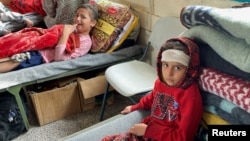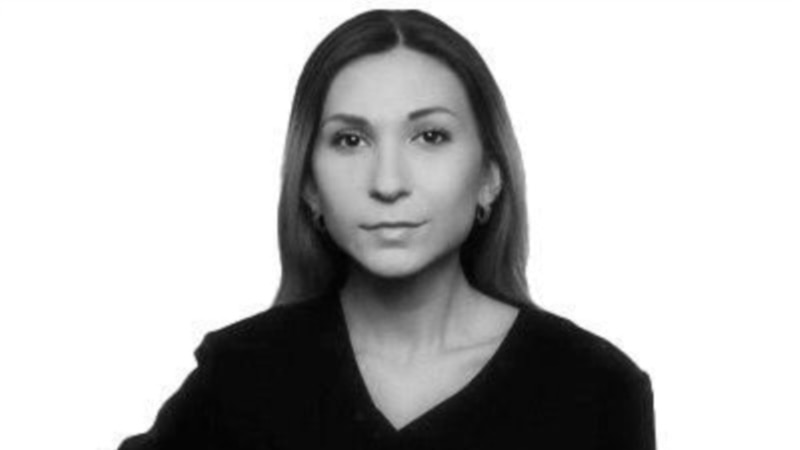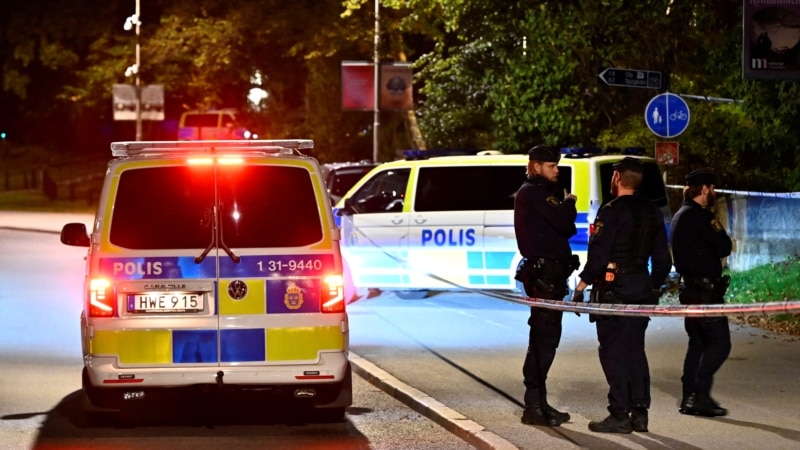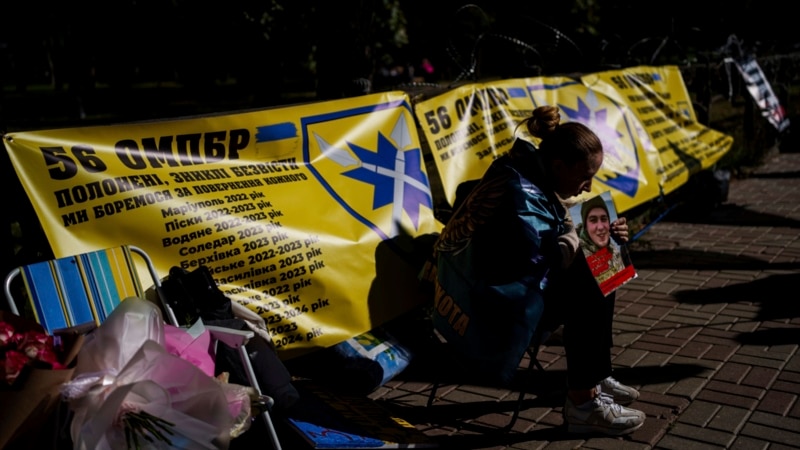Intense fighting raged Thursday in the Gaza Strip’s largest cities as Israeli forces and Hamas militants battled and Palestinian civilians sought what little shelter was available to escape the war.
Battles took place in Gaza City, in the northern part of the enclave where Israel focused the initial stage of its campaign to eliminate Hamas, as well as in Khan Younis in southern Gaza, the location of the latest expansion of the war.
Israeli Prime Minister Benjamin Netanyahu said Israeli forces are closing in on the location of Hamas’s Gaza chief Yahya Sinwar, and that “it is only a matter of time until we find him.”
The fighting has pushed civilians farther and farther south, disrupting U.N. humanitarian operations and prompting repeated warnings of increasingly dire circumstances.
The United Nations said tens of thousands of people have arrived in recent days in Rafah, a city located near Gaza’s southern border. The Rafah area is the only section of Gaza that has received even limited humanitarian aid distributions this week due to the escalating violence farther north, the U.N. said.
Residents and journalists reported multiple Israeli airstrikes on Rafah overnight, with the Hamas-run health ministry reporting at least 37 deaths.
The Israeli military Thursday accused militants of firing rockets from areas near Rafah.
The worsening situation for civilians prompted a rare warning from U.N. Secretary-General Antonio Guterres to the U.N. Security Council in a letter that said a total collapse of the humanitarian system in Gaza would have “potentially irreversible implications for Palestinians as a whole and for peace and security in the region.”
“Amid constant bombardment by the Israel Defense Forces, and without shelter or the essentials to survive, I expect public order to completely break down soon due to the desperate conditions, rendering even limited humanitarian assistance impossible,” Guterres said.
Israeli Foreign Minister Eli Cohen criticized the U.N. chief’s move, saying a Guterres call for a cease-fire would support Hamas.
Israeli government spokesman Eylon Levy told reporters that Israel wants the war to end, but only “in a way that ensures that Hamas can never attack our people again.”
The U.N. agency for Palestinian refugees says an estimated 1.9 million people are displaced within Gaza, amounting to nearly 85% of the population, and one million of them are registered at U.N. shelters in southern Gaza.
Israel has accused Hamas, a U.S.-designated terrorist group, of embedding itself in and underneath hospitals and other civilian areas and of encouraging civilians to ignore Israeli warnings to evacuate ahead of airstrikes, in effect using them as human shields — an accusation Hamas has denied.
Israel began its military campaign to end Hamas’ rule of Gaza after Hamas fighters crossed into southern Israel on October 7, killing about 1,200 people and taking about 240 people as hostages.
In its military offensive, Israel has killed at least 16,240 people in Gaza, 70% of them women and children, according to the Hamas-run health ministry in Gaza.
Some information for this story came from The Associated Press, Agence France-Presse and Reuters.








